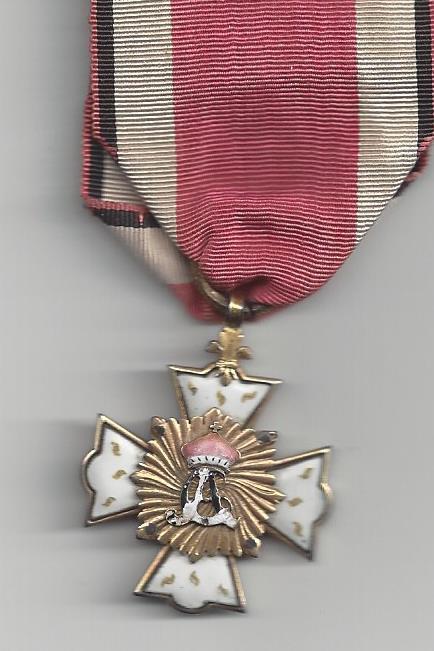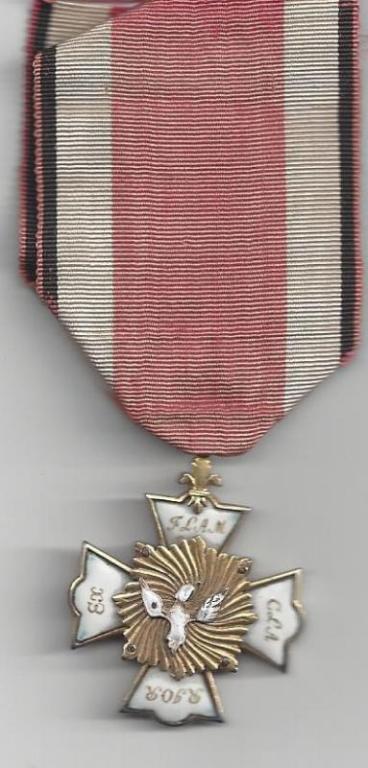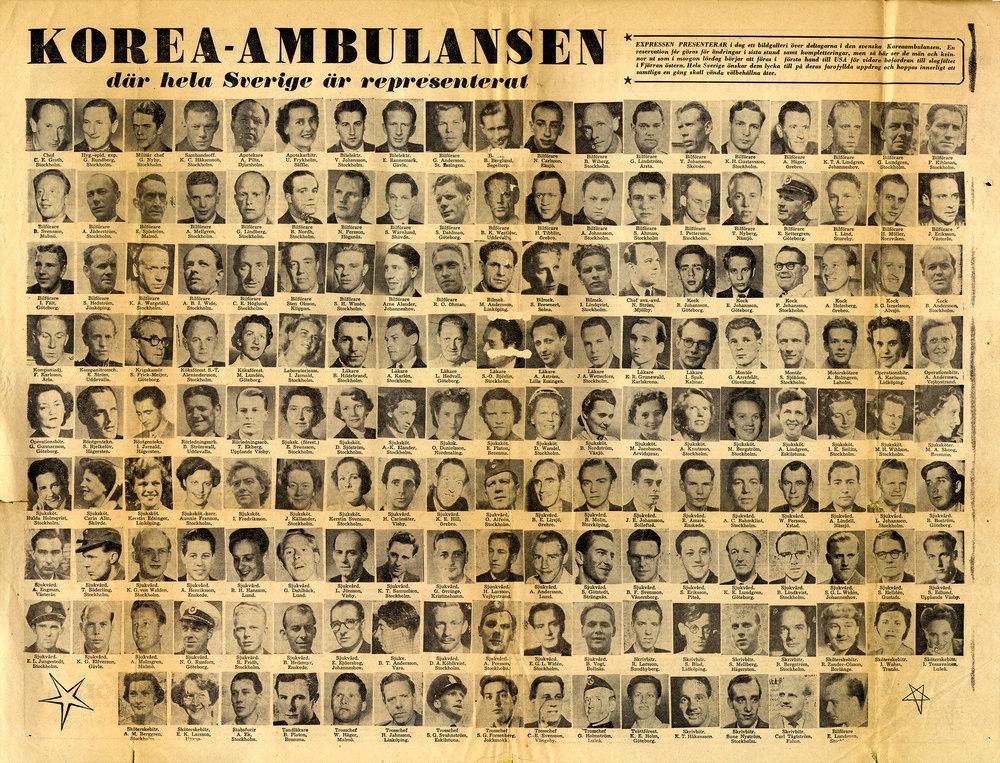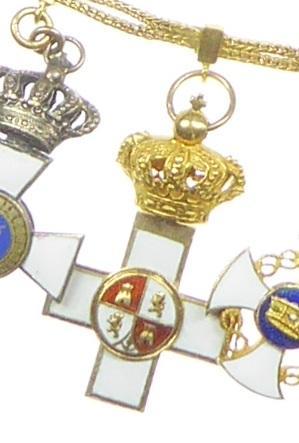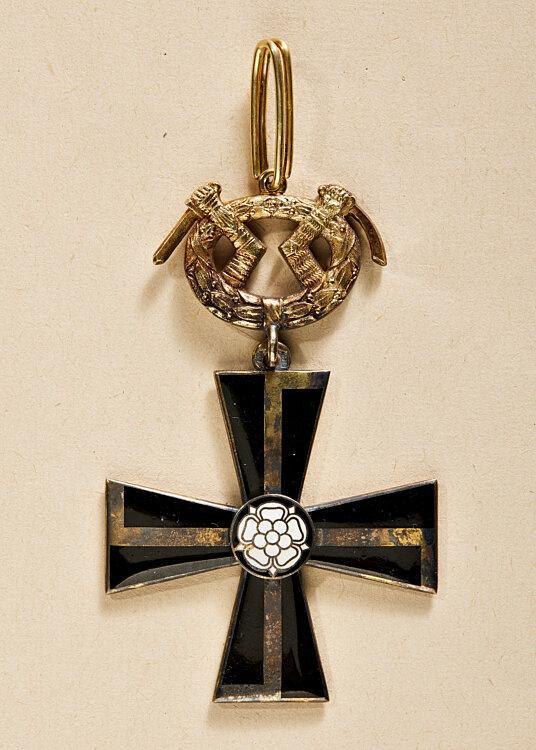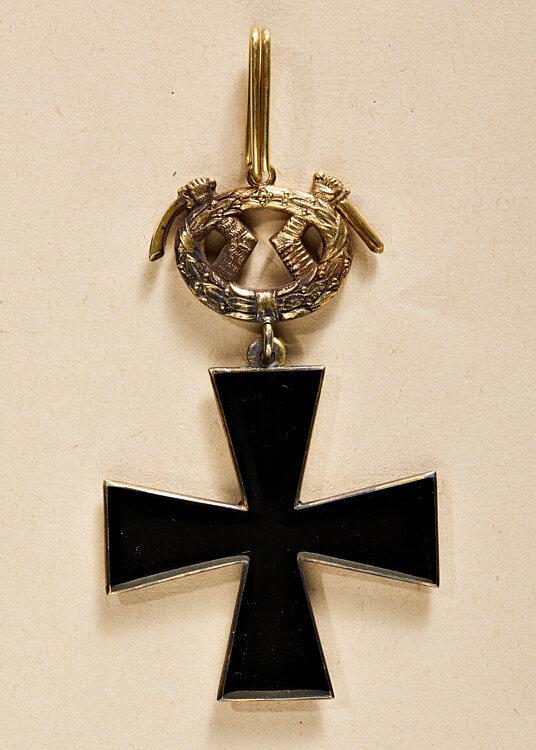-
Posts
643 -
Joined
-
Last visited
-
Days Won
13
Content Type
Profiles
Forums
Blogs
Gallery
Events
Store
Everything posted by JohanH
-
I have cross checked your dates of Finnish awards to to the people below against the list in the book "Kunnian ruletti" by Antti Matikkala and there was only two differences: Großadmiral Erich Raeder: -Grand Cross of the Finnish Order of the Cross of Liberty with Swords (25 March 1942) Großadmiral Karl Dönitz: -Grand Cross of the Finnish Order of the Cross of Liberty with Swords (11 April 1944) Generaladmiral Rolf Carls: -Finnish Order of the Cross of Liberty 1st Class with Star and Swords (25 March 1942) Admiral Conrad Patzig: -Finnish Order of the Cross of Liberty 1st Class with Oak Leaves and Swords (25 March 1942) Admiral Hubert Schmundt: -Finnish Order of the Cross of Liberty 1st Class with Swords (4 June 1942) The date in Matikkalas book is June 4th 1942. Admiral Kurt Fricke: -Finnish Order of the Cross of Liberty 1st Class with Oak Leaves and Swords (25 March 1942) Admiral Theodor Burchardi: -Finnish Order of the Cross of Liberty 1st Class with Swords (7 June 1943) Admiral Wilhelm Canaris: -Finnish Order of the Cross of Liberty 1st Class with Star and Swords (16 September 1941) Vizeadmiral Heinz Nordmann: -Finnish Order of the Cross of Liberty 1st Class with Swords (15 April 1944) Vizeadmiral Leopold Bürkner: -Finnish Order of the Cross of Liberty 1st Class with Swords (10 December 1941) Konteradmiral Ernst Lucht: -Commander's Cross 1st Class of the Order of the White Rose of Finland with Swords (11 August 1942) How certain are you that Lucht received the order with swords? He is not in the very short list of recipients. Konteradmiral Hans Bütow: -Finnish Order of the Cross of Liberty 1st Class with Swords (12 October 1941) Konteradmiral Kurt Böhmer: -Finnish Order of the Cross of Liberty 1st Class with Swords (10 October 1942) Konteradmiral Otto Klüber: -Finnish Order of the Cross of Liberty 1st Class with Swords (21 May 1942) Konteradmiral Reimar von Bonin: -Finnish Order of the Cross of Liberty 1st Class with Swords (31 January 1942) Konteradmiral Werner Stichling: -Finnish Order of the Cross of Liberty 1st Class with Swords (15 April 1944)
-
Here are some dates from the scrolls: Großadmiral Erich Raeder: -Grand Cross of the Royal Swedish Order of the Sword - 18 October 1940 Generaladmiral Otto Schniewind: -Commander's Cross 2nd Class of the Royal Swedish Order of the Sword - 26 June 1936 Konteradmiral Werner Steffan: -Commander's Cross 1st Class of the Royal Swedish Order of the Sword - 30 October 1936 Konteradmiral z.V. Heinrich Kehrhahn: -Knight's Cross 2nd Class of the Royal Swedish Order of the Sword - 6 August 1908 Vizeadmiral Joachim Lietzmann: -Commander's Cross 2nd Class of the Royal Swedish Order of Vasa - 1 November 1935 As you can see my dates differ from yours date. Maybe it can be explained with my dates being the date of decision and yours are the date of the conferral? Or if your date is the date of reception. Would it be possible to make some kind of note in your list on which dates are checked?
-
Thank you both for you information! On the little information label on the framed group you show it states that only six nurses served in Korea. I don't know where that information comes from but there was a lot more than just six female nurses. Also the Korea medal seem to be of a different design than my medal. Below is a clip from a Swedish newspaper about the first men and women who was going to Korea. Just for information there is currently a uniform for sale that probably belonged to a Swedish nurse in Korea. The auction-house states that it is from the Finnish winterwar but if you ask me that patches and uniform style is more Korea-war than winter war. The auction-house probably made their assumption on the fact that the ribbonbar contains medals from Finland and the winterwar. RÖDA KORSET UNIFORM , dam, från Finska vinterkriget 1939-1940. Vapen & Militaria - Uniformer & Dräkter - Auctionet
-
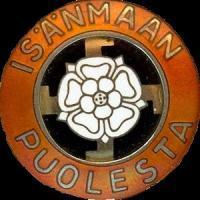
Romania - Meritul comercial si industrial
JohanH replied to JohanH's topic in Central & Eastern European States
A little update. I have received an answer from the National archives in Romania that they can't help me. No records of medal recipients exists. The good news is that I have finished the list of recipients of the Stockholm medal. Between the institution 1938 and 2009 there was a total of 9349 medals awarded.... Next step is to complete the list of North Star recipients and then cross reference both lists to find possible matches. -
I admit that my knowledge in Korean medals are close to non existing. That is the reason I asked the knowledgeable people here in the forum. You are correct that the Swedish involvement in Korea was mainly the hospital. The only ribbons that are on the ribbonbar is: 1. Order of the Sword (or medal of the Sword) 2. Service medal (probably Nit och Redlighet i Rikets tjänst) 3. Korea Service medal So there are no UN medal and no red cross medal. Could it have belonged to a Swede serving in the NNSC? The picture of the medal I posted is mine and depicts the medal I have.
-
Hello! I have a Korean service medal awarded to a Swedish citizen (unfortunately no name). I also have a ribbon bar with the ribbon of the Swedish order of the Sword and this medal, that's how I know it's awarded to a Swede. Does anyone know how many of these medals are awarded? Did soldiers from all countries except US receive the medal for service in Korea? Any idea on how I can find the name of my guy? There can not be that many swedes who received this medal? Google don't relieve much information. More or less the only information I found is this: Korea's Service Medal (koreanmedals.com) Thanks! //Johan
-
There was a total of 28 Belgians that received the Commander 2nd class of the Swedish order of Vasa between 1940 and 1969. I have sent you an email so you can begin your research.
-
Thanks. I'll try to compile a list of Belgian recipients of the commander 2nd class to narrow down your search a little.
-
Hello! Nice miniatures! What color are the wings on the rosette on the Vasa order? Gold - gold/silver - silver? From the picture it looks like silver wings which would mean a commander 2nd class.
-
Nice work ID:ing the chain! Karl Theodor von Kinzelbach received the Commander 2nd class of the Swedish order of the Sword on December 22nd 1909. Then he was listed as "Tysk överste" = German colonel. Interesting that the miniature on the chain is of the knight class rather than the higher commander class. But the knight class miniature was probably easier to obtain than the higher classes.
-
Here are my only spanish miniatures. First a military merit cross from the miniature chain of the Swedish chamberlain Gregor Aminoff (1872-1934). Next is a Order of Charles III from the miniature bar of the Swedish chamberlain Georg Aminoff (1895-1977). Georg Aminoff was the son of Gregor Aminoff. Sorry for the bad pictures. The full chain and bar can be seen here: Show your Sweden miniatures - Northern European & Baltic States - Gentleman's Military Interest Club (gmic.co.uk)
-

Sweden Vaasa-orden Mini of Commander Class
JohanH replied to Graf's topic in Northern European & Baltic States
Interesting that they are from Italy! Especially since few Italians received the grand cross of the Order of the Sword. Since 1900 only 19 grand crosses went to Italy. There was a few more Commander 1st class, 31 since year 1900. So the market for miniatures of that order in Italy would be pretty narrow. -
Hello! I can't help you to ID the medal, but it's most likely from the coastal artillery (Kustartilleriet). As you say, probably a non-official society.
-

Mannerheimcross 1st class sold in Finland!
JohanH replied to JohanH's topic in Northern European & Baltic States
Interesting point! The Thies piece is hallmarked to Tillander which was the official producer. Perhaps the one sold in 2020 was a wearers copy and the official ones are made from hallmarked silver? -

Mannerheimcross 1st class sold in Finland!
JohanH replied to JohanH's topic in Northern European & Baltic States
Here are the pictures from Thies. Price 18 000€ Finnland Mannerheim1 - Kreuz 1. Klasse. - Auktionshaus Andreas Thies (andreas-thies.de) -

Danish ribbon bar with many foreign awards
JohanH replied to Nicolas7507's topic in Northern European & Baltic States
In the Danish state calendar of 1943 and 1944 he is listed as captain. In the state calendar of 1946 he is listed as oberst. In 1948-49 he is listed as oberst and has some more awards. In 1953 he is generalmajor. Unfortunately I don't have all the years of the State calendar, but with this you might get an idea of his promotions. At least it's a beginning... -

Danish ribbon bar with many foreign awards
JohanH replied to Nicolas7507's topic in Northern European & Baltic States
He received the Order of the Sword on May 29th 1947. He was one of totally 82 Danes that got the commander 1st class. -

Danish ribbon bar with many foreign awards
JohanH replied to Nicolas7507's topic in Northern European & Baltic States
What is the width of the Swedish ribbon? It looks wider than some of the other. If it is a ribbon for a commander class order, I can check how many danish recipients there were when I get home. -
Here are two that has a connection to Finland. Neither are attributed yet, but I think it would be fairly easy to find the original owners of them. The first one probably belonged to a Swedish doctor who made some effort in/for Finland during the war. A quick search gave me a possible name that I need to look up further. The other one is a miniature chain that probably belonged to a Swedish veterinary who also made some effort for Finland during the war.
-
It's been a bit slow here laterly... So here are a few more pieces. Nothing spectacular though. The above miniature from the Royal Patriotic Society is not the more than common Long faithful service variant but the much more rare/unusual variant "För förtjänster om yrkenas förkofran".
-
Thank you for your reply. I have discussed this topic with a very knowledgeable collector and he has in his collection an officers cross (identical to mine) with solid provenance. So I am 100% comfortable that my crosses are totally original and legit. Both him and me seriously doubts that there should be different classes of the crosses. No one seem to have ever seen any other types than the two I show and the one you show (from Jani). The one with swords that is shown in Glushko's book is made in photoshop (or similar) and does not show a real cross with swords. The one you show without enamel is the enlisted men's cross. Which is also what Tiainen states in his book.


